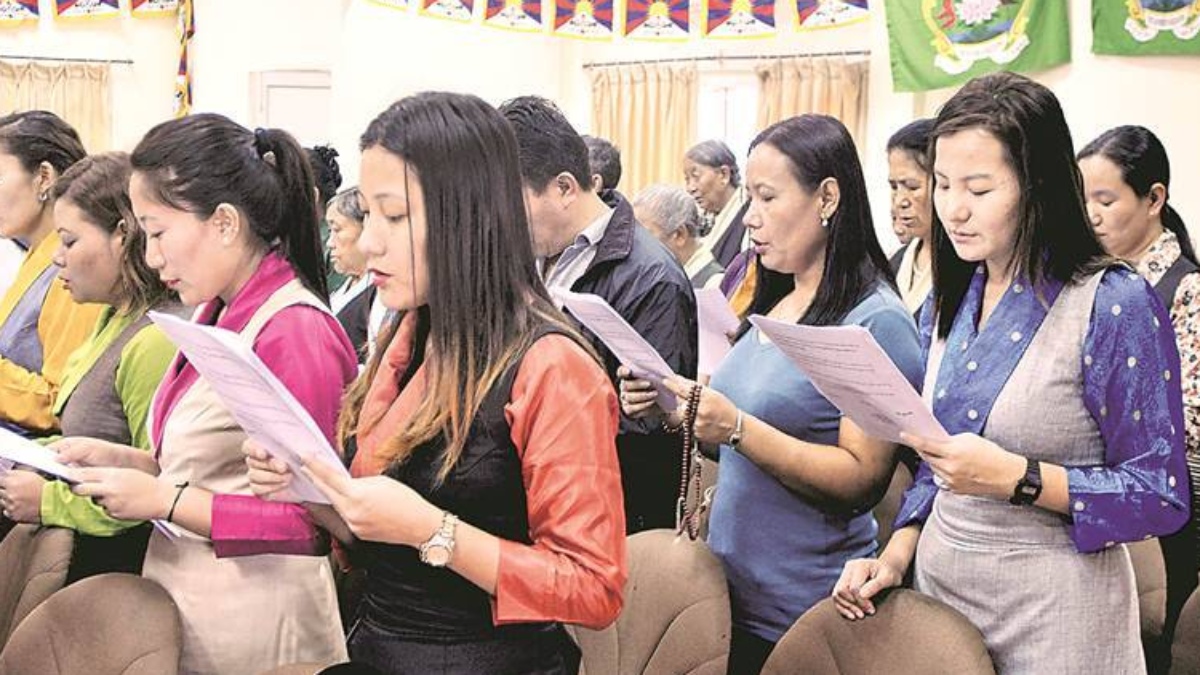


Dr Thangaraj and his team at the CSIR-Centre for Cellular and Molecular Biology (CCMB), Hyderabad have studied changes in the physiological factors of Tibetans who now inhabit low-altitude regions.
In the study, the physiological factors of people of Tibetan ethnicity from various high-altitude regions of Ladakh, at 4500-4900 meters, are compared with those inhabiting in the Tibetan settlements in Bylakuppe, Karnataka, at an altitude of around 850 meters. The researchers have found that the blood parameters in the Tibetans in Karnataka are significantly different compared to their high-altitude counterparts. The study has been recently published in the Journal of Blood Medicine.
“We found that the red blood cells, hemoglobin concentration and hematocrit are significantly lower in the low-altitude Tibetans. Their hemoglobin levels are much closer to those living on the plains than the other Tibetans who live beyond 4500 meters”, said Nipa Basak, the first author of the study.
“Our study suggests that, when Tibetan people reside in non-native, low-altitude, area for long time, their body undergoes various adaptations to cope with the relatively hyperoxic environment in low-altitude areas,” said Dr. K Thangaraj, the lead investigator of this study, and presently Director of the DBT-Centre for DNA Fingerprinting and Diagnostics (CDFD), Hyderabad.
Earlier studies had shown that among Tibetan population, those with lower hemoglobin concentration have better reproductive fitness in women and exercise capacity among men. “It would be interesting to explore exercise capacity and reproductive fitness in the low-lander Tibetans. It will also be worthwhile noting how long these changes persist, if the Tibetan inhabited in Karnataka migrates back to high altitude,” added Dr. Thangaraj.
“Such population-based studies conducted by CCMB help us in understanding adaptation in people who migrate to different environments from a molecular point of view,” said Dr VM Tiwari, Director in-charge, CCMB.
This work was done in collaboration with researchers from Ladakh and Karnataka. This includes Dr Tsering Norboo from the Ladakh Institute of Prevention, Ladakh, and Dr MS Mustak from Mangalore University, Karnataka.